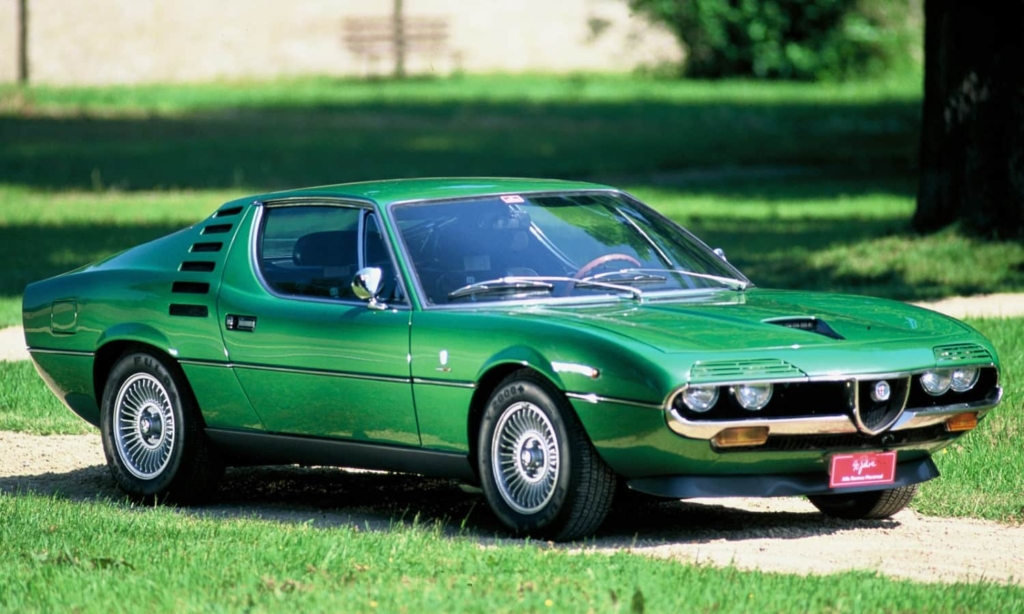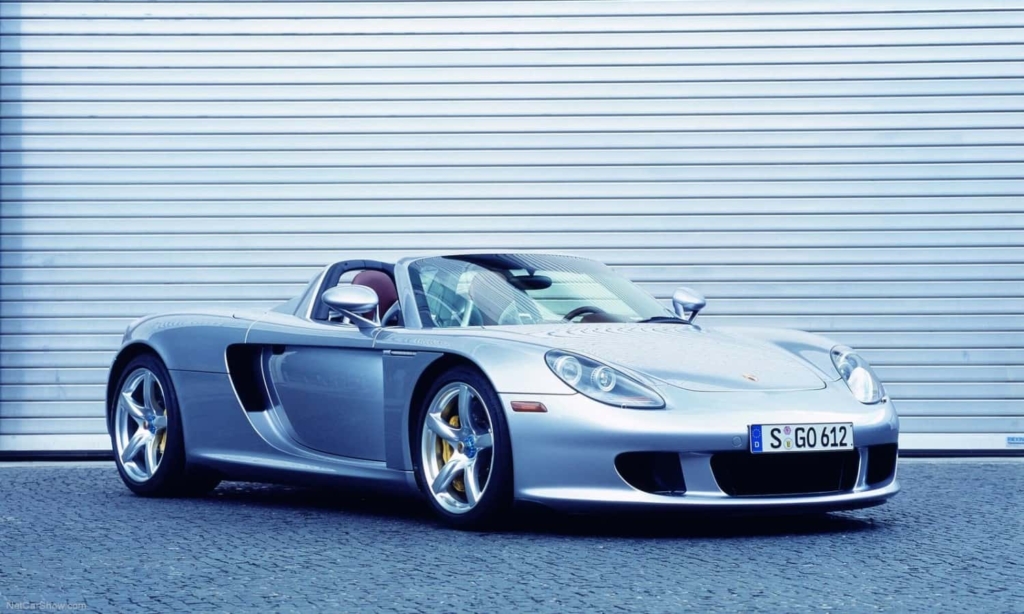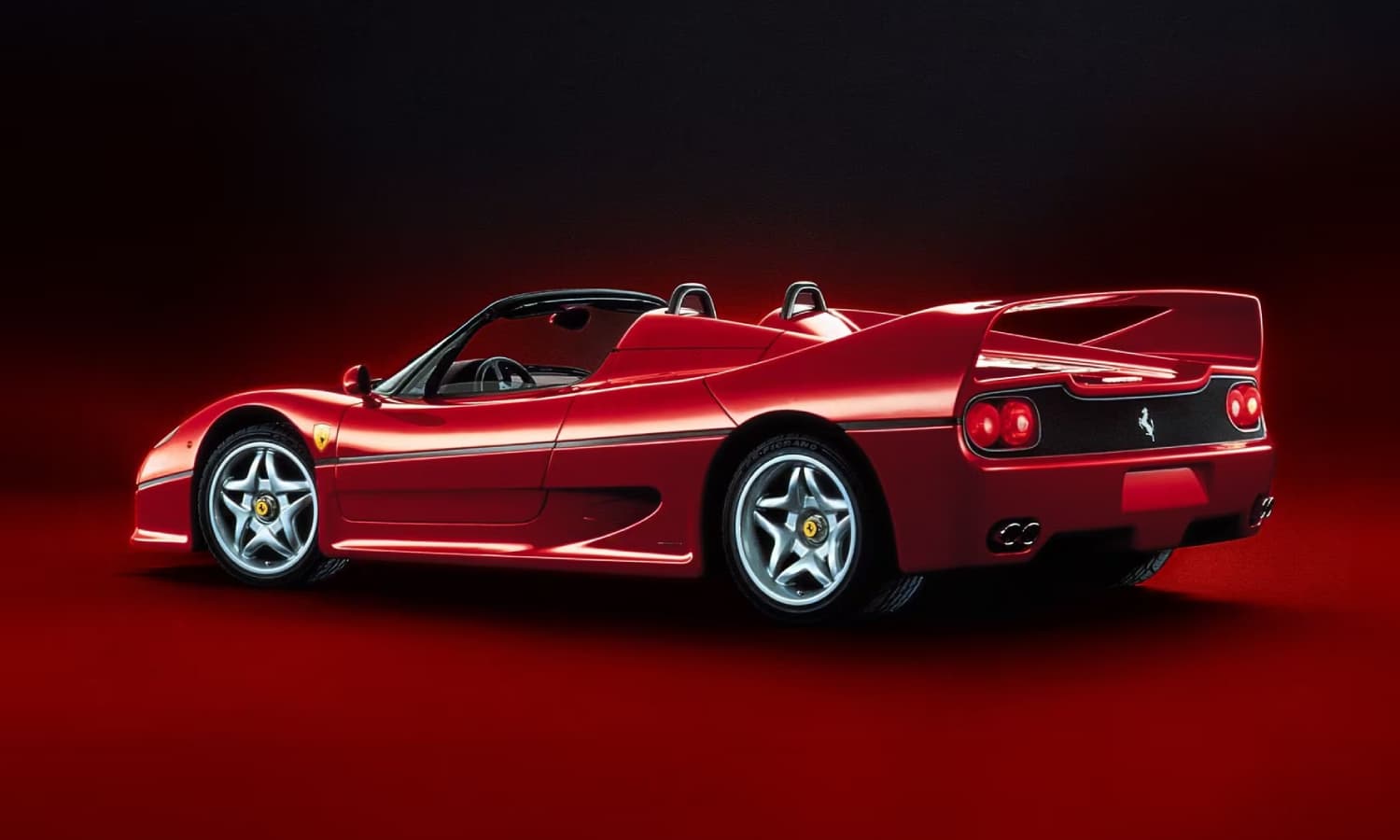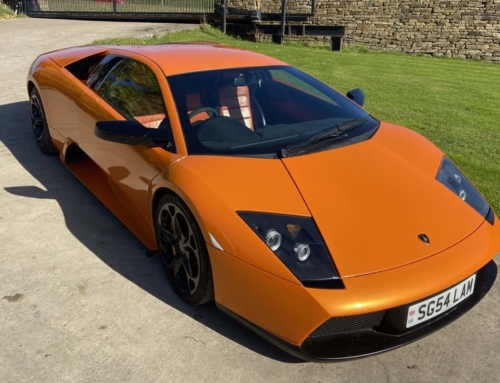We take a look at racing hearts in road cars, ie five iconic cars with racing-derived engines. The term racecar for the road is used too often in the motoring press. But what if the road car in question has the beating heart of a genuine racer? We dive into the list of vehicles that boast engines sourced from the intense world of motorsport. Each car represents a blend of racing pedigree and road-going prowess. As automotive technology continues to evolve into electrification we are not sure we can expect to see more examples of production cars with engines sourced directly from motorsport. Without further ado we present Racing Hearts In Road Cars.
Follow Double Apex on Instagram and Facebook where we share more car content.
Buy now and take advantage of free delivery in South Africa on orders over R349.
1970 Alfa Romeo Montreal

Stepping back in time, the 1970 Alfa Romeo Montreal showcases racing pedigree in a grand tourer. The Montreal showcar debuted with an inline four. Response to the concept was so positive that it was destined for production. However, the evocative shape needed more firepower. The production version went on sale with a more suitable powerplant. Its 2,6-litre V8 engine traces its roots to the Alfa Romeo Tipo 33 Stradale. The legendary sportscar was built for homologation purposes. Its V8 was bumped up in capacity but retained many of the technical highlights of the racecar such as dry sump lubrication and mechanical fuel injection.
E28 BMW M5

In a nod to its touring car heritage, BMW introduced the E28 M5 as the first mass-produced sedan to feature a racing-derived engine. Beneath its boxy, understated exterior lies a 3,5-litre inline-six engine sourced from the BMW M1 supercar. The M88 engine was created with the specific intent of racing. With enhancements such as individual throttle bodies, the E28 M5 delivered 210 kW when new. That may not sound like much today, but back when it was launched it was as fast as many genuine sportscars.
Ferrari F50

The Ferrari F50 is one of the lesser-loved limited edition Prancing Horses when it was launched. Fans lust after the F40 and Enzo, but it’s the F50 that stands as a testament to the brand’s F1 heritage. Under its sleek exterior lies a naturally aspirated 4,7-litre V12 engine. It is derived directly from the powerplant that was used in Ferrari’s Formula 1 cars of the era. The V12 is mated with a manual transmission and the assembly is mounted directly to the carbon-fibre tub in true F1 fashion. With over 380 kW and a redline nearing 9 000 r/min, the F50 delivers a soundtrack that is reminiscent of Alain Prost’s single seater.
Porsche Carrera GT

The Porsche Carrera GT epitomises precision engineering and raw performance. Its 5,7-litre naturally aspirated V10 engine was developed from Porsche’s motorsport endeavours. The naturally aspirated engine has a lineage that is rooted in endurance racing. The compact engine produces 450 kW and revs to over 8 000 r/min. The Carrera GT was fitted exclusively with a manual transmission, making it a real driver’s car. Add in lightning throttle response and a spine-tingling soundtrack makes it a car that is sought after by Porsche collectors the world over.
Mercedes-AMG One

The Mercedes-AMG One blurs the lines between Formula 1 technology and road-going performance like never before. AMG made the unprecedented decision to design a car around an F1 engine. The most complex F1 powertrain of all time, no less. This resulted in a notoriously long gestation period, which you learn about in this video. Its hybrid powertrain features a 1,6-litre turbocharged V6 taken directly from Mercedes’ championship-winning Formula 1 cars. A hybrid component helps lift power to over 1 000 horsepower (782 kW) while the ICE spins to over 11 000 r/min. Active aero and all-wheel-drive ensure blistering lap times but it’s also docile enough to drive on the road. Click here to read more about the AMG One.






Leave A Comment